Figures released by the Debt Management Office (DMO) show that Nigeria’s biggest creditor is the International Development Association (IDA), a member of teh World Bank Group, with a portfolio worth $12.57 billion.
China (Exim Bank of China) follows the IDA with $3.93 billion; following closely behind, is the International Monetary Fund (Fund) with $3.27 billion in credit facilities.
In June 2022, Nigeria’s total public debt was N42.84 trillion ($103.31 billion) compared to N41.60 trillion ($100.07 billion) in March 2022.
“Nigeria’s debt is still below the 40 percent threshold set by government in the borrowing strategy”
Public debt consists of domestic and external debt stocks of the federal government, thirty-six states and the federal capital territory (FCT). While the domestic debt stood at N26.23 trillion ($63.24 billion), the foreign debt stood at $40.06 billion (N16.61 trillion).
The federal government’s borrowing from the Central Bank of Nigeria (CBN) through Ways and Means Advances is not part of the public debt.
The DMO reports that over 58 percent of the external debt stock are concessional and semi-concessional loans from multilateral lenders such as the World Bank, International Monetary Fund, Afrexim and African Development Bank and bilateral lenders, including Germany, China, Japan, India and France.
EXTERNAL LENDERS
Eurobonds — $15.62 billion
MULTILATERAL LENDERS
- International Monetary Fund (Fund) $3.27 billion
World Bank
- International Development Association (IDA) — $12.57 billion
- Int’l Bank for Reconstruction and Development — $486 million
African Development Fund Group
- African Development Bank — $1.55 million
- Africa Growing Together fund — $5.02 million
- Africa Dev Fund — $955.18 million
- Arab Bank for Economic Development in Africa — $5.70 million
- European Development Fund — $39.35 million
- Islamic Development Bank — $43.69 million
- International Fund for Agric Development — $229.40 million
BILATERAL LENDERS
- China (Exim Bank of China) — $3.93 billion
- France (Agence Francaise Cooperation Agency) — $60.65 million
- India (Exim Bank of India) — $31.50 million
- Germany (Kreditanstalt Fur Wiederaufbua) — $153.77 million
COMMERCIAL
- Promissory Notes — $588.19 million
SOURCE OF LOCAL BORROWING
- FGN Bonds — N15.19 trillion
- Nigerian Treasury Bills — N4.50 trillion
- Nigerian Treasury Bonds — N75.99 billion
- FGN Savings Bond — N20.87 billion
- FGN Sukuk — N612.56 billion
- Green Bond — N25.69 billion
- Promissory Notes — N514.94 billion.
Zainab Ahmed, minister of finance, budget and national planning, had said Nigeria’s debt is still below the 40 percent threshold set by the government in the borrowing strategy.



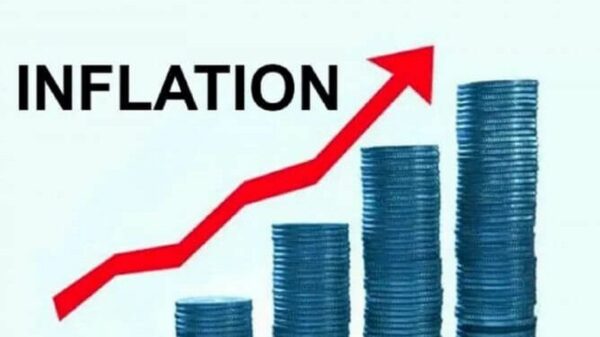






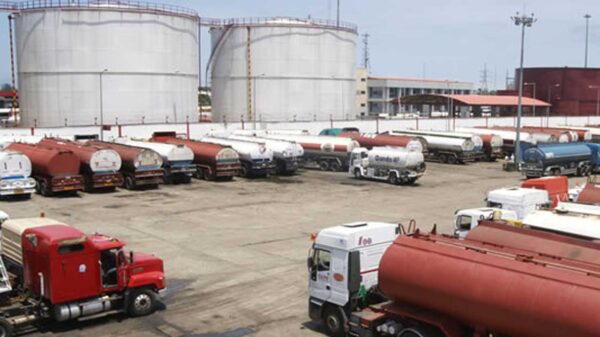

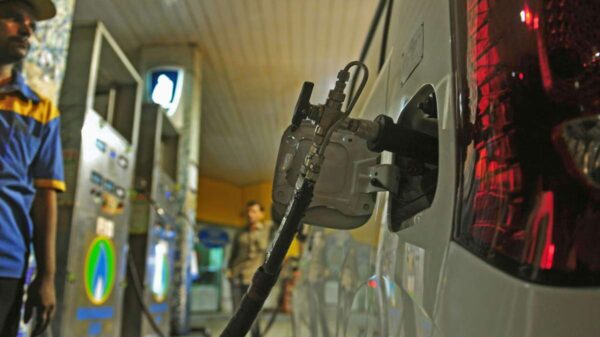

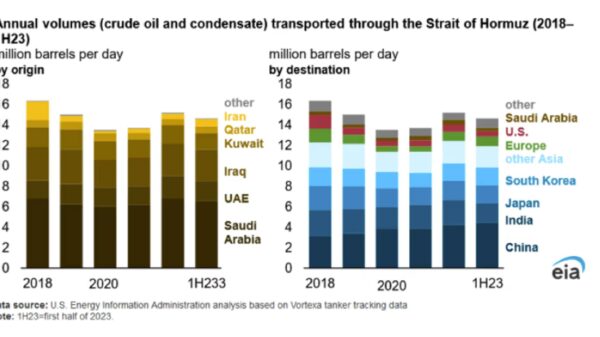
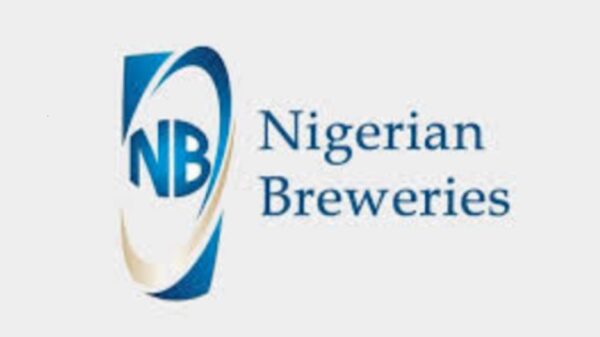




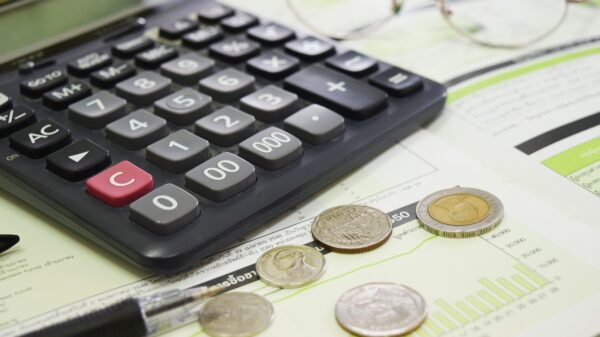
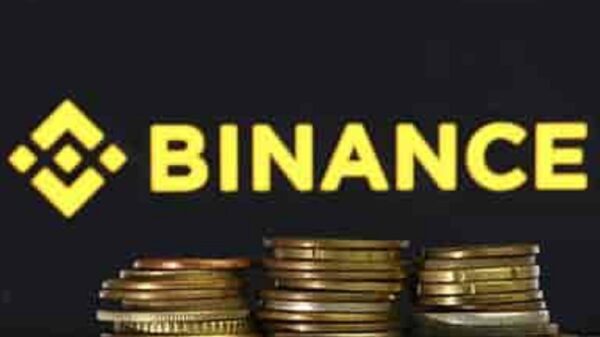
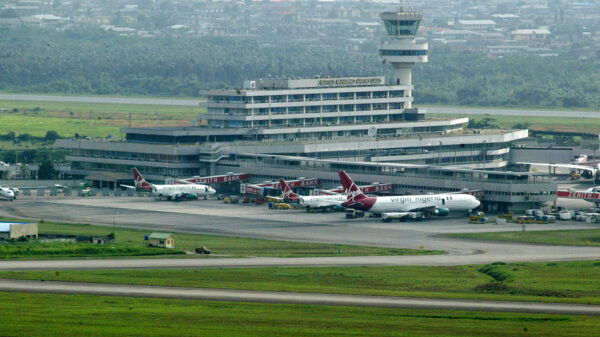



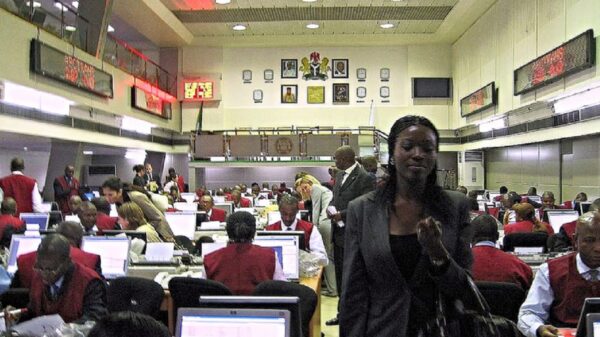
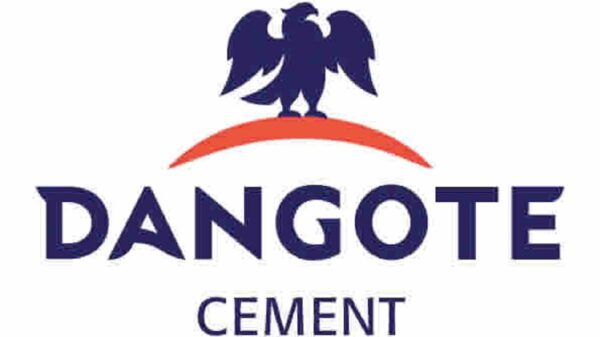



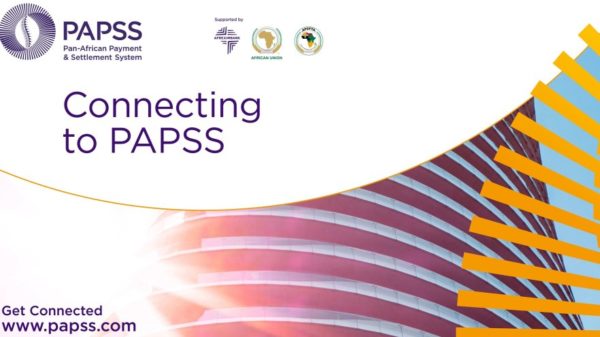
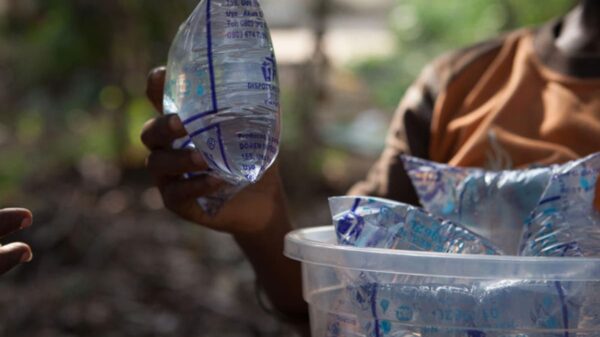


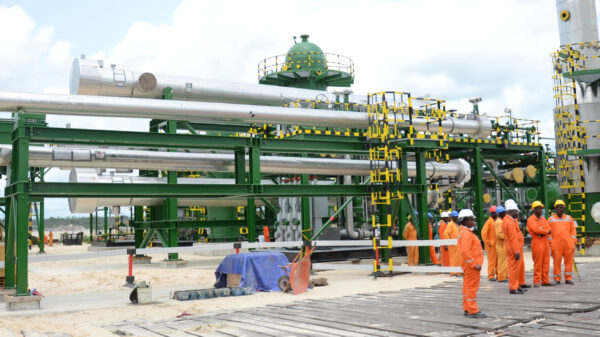
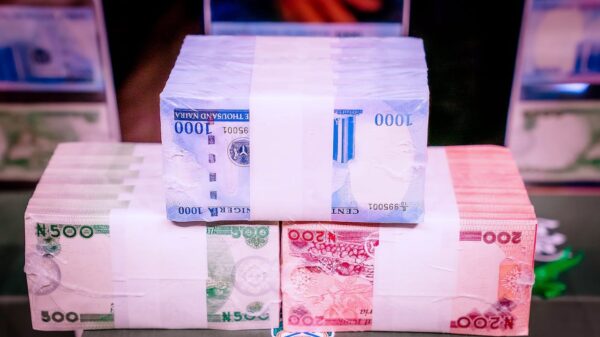
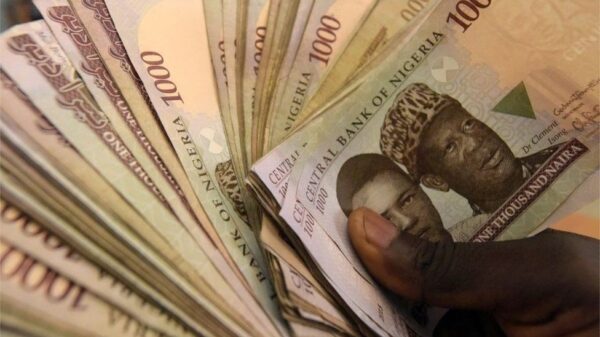
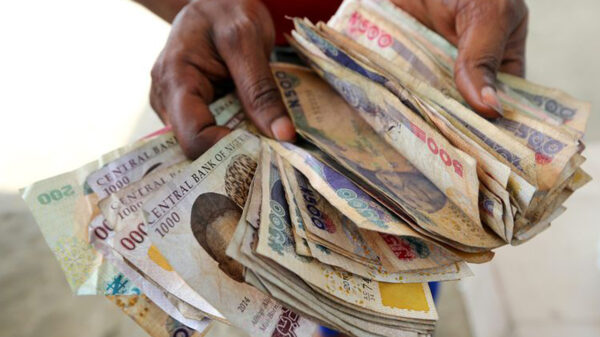
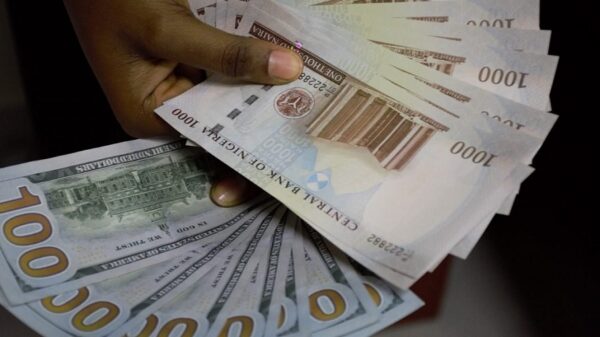






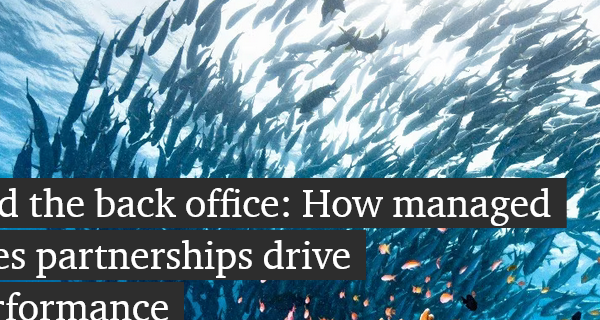

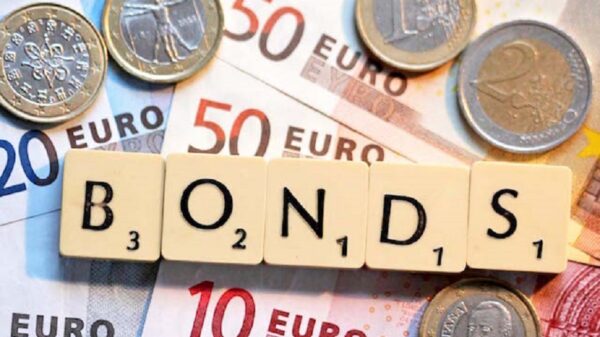







You must be logged in to post a comment Login